What Are the Basic Conditions on Tibet Trains? A Complete Guide
Taking the train to Tibet is not just a way of transportation, it’s a unique journey that lets you gradually adapt to high altitudes and immerse in the breathtaking landscapes along the way. However, many first-time travelers may wonder what the Tibet trains are really like: Are they clean and comfortable? What onboard facilities are available? Can I take a shower on the train? Will I get altitude sickness?
Rest assured, this guide is here to answer those questions and help you prepare for what to expect on board a Tibet train—from seating classes and food options to toilets, oxygen systems, and other onboard essentials.
CONTENT
What Types of Seats and Berths Are Available on Tibet Trains?
There are three classes of tickets, each offering different comfort levels: hard seats, soft sleepers and hard sleepers.
Soft Sleeper
Among the three, soft sleeper is the most comfortable and most recommended option. Each cabin has four berths (two upper and two lower), a sliding door for privacy, clean bedding, reading lights, a small table, and often a shared power outlet. These cabins are quieter and more spacious, making them ideal for couples, families, or travelers require privacy and comfort.
The bunk size of a soft sleeper is 190cm×75cm with thick mattresses and soft bedding. These allow you to rest well on the train before exploring Tibet. The gentle sway of the train and the quiet atmosphere make it easy to fall asleep peacefully.
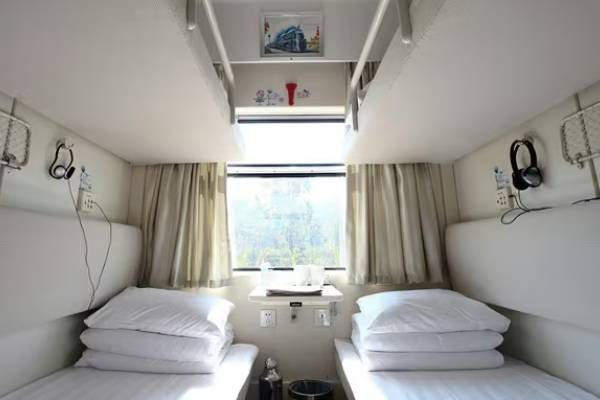 Soft sleeper is the most comfortable option for a Tibet train journey.
Soft sleeper is the most comfortable option for a Tibet train journey.Hard Sleeper
Compared to soft sleeper, hard sleeper is cheaper but less private. On each Tibet train, there are 8 hard-sleeper carriages with 10 open compartments. In each hard sleeper compartment, there are 6 beds (2 upper berths, 2 middle berths and 2 lower ones). In total, there are 480 hard sleeper berths available in each Tibet train and it is much easier to find a hard sleeper ticket than soft sleeper ones.
The hard sleeper isn’t as “hard” as its name suggests. Actually, it is regarded as the second-class option and offers a good balance between price and comfort, making it an ideal choice for budget travelers. However, as there are more berths and no door in a hard sleeper cabin, it can be crowded and noisy sometimes.
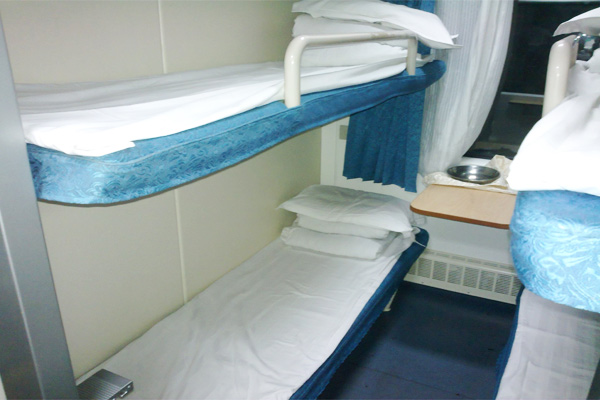 Hard sleeper is the second-class option on the Tibet train.
Hard sleeper is the second-class option on the Tibet train.Hard Seat
The cheapest option is the hard seat, but it’s not recommended for long journeys, as the train ride from a major Chinese city can take 30 to 54 hours (even from Xining, it takes around 22 hours). In each hard seat carriage, there are usually five cushioned seats in a row: two on one side of the aisle and three on the other. As hard seats can be crowded, noisy, and uncomfortable, if you're not on a very tight budget, it's better to travel in either a hard sleeper or a soft sleeper class.
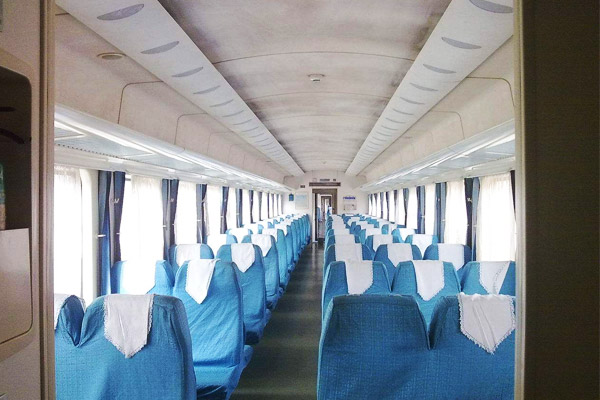 The hard seat is the cheapest option, but it is less comfortable and more crowded.
The hard seat is the cheapest option, but it is less comfortable and more crowded.What Are the Dining Conditions on Tibet Trains?
Taking the Tibet train is quite a long journey, so everyone needs to dine onboard. Generally speaking, you have three options: the dining car, the food trolley, or bringing your own food.
Dining Car
Each Tibet train includes a dining car and it is usually located in the middle of the train. In order to meet passengers’ different needs, the dining car offers a variety of foods and drinks. For breakfast, you have options like congee (rice porridge), steamed buns, boiled eggs, pickles, and milk. For lunch and dinner, Chinese-style and Tibetan-style dishes like Kung Pao chicken, braised pork belly, and yak meat dishes are served.
The quality of food in the dining car is basic but satisfying for most travelers, and their prices are higher than outside restaurants. The dining car also provides a relaxing place for passengers to appreciate the breathtaking landscapes outside the windows while enjoying a meal.
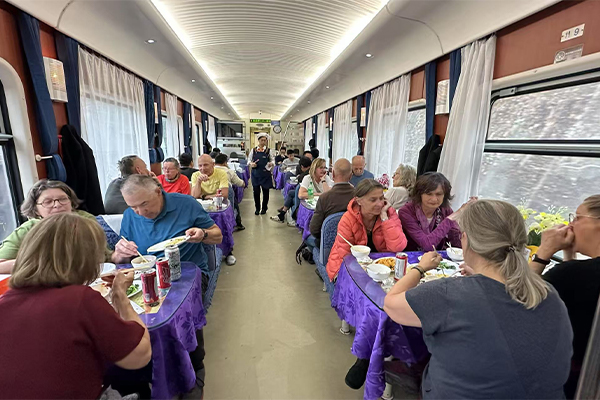 Passengers can enjoy three daily meals in the dining car.
Passengers can enjoy three daily meals in the dining car.Food Trolley
In addition to the dining car, the food trolley also regularly passes through the aisles selling food and snacks. You can get instant noodles, boxed meals, snacks, drinks, and fruit from it. This option is quite convenient as you can get what you want without leaving your seat or berth. However, its variety is limited and can not meet all dietary needs.
Of course, if you have any special dietary habits or want to save your budget, you can bring your own food.
What Are the Washing and Toilet Facilities Like on Tibet Trains?
Though passengers cannot take a shower on Tibet trains, they can still keep fresh and decent by using the washing and toilet facilities onboard.
Toilets
The Tibet train has both Chinese-style squat toilets and Western-style seat toilets, and they are located opposite each other. The facilities inside both types of toilets are exactly the same, including a sink with cold running water, a dispenser for liquid soap, a mirror, a waste bin, and toilet paper dispensers. In addition, both types of toilets use a simple button-based flushing system. Simply press the button on the wall and the toilet will flush.
For convenience, Tibet trains are also equipped with toilets that are accessible for disabled passengers. All toilets are shared, even in the soft sleeper cabins, there are no private bathrooms.
Warm tip:
The toilet paper on the train may run out quickly, so it is advisable to bring your own toilet paper with you.
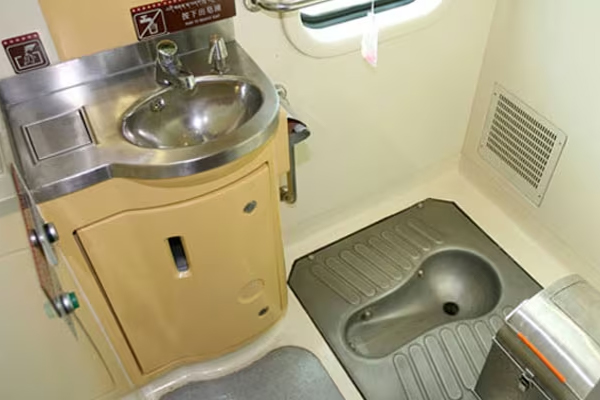 Chinese-style squat toilets are widely used on Tibet trains.
Chinese-style squat toilets are widely used on Tibet trains.Washing Area
Outside the toilets there are washing basins. These public washing facilities have three sinks with running water at room temperature and a liquid soap dispenser. The hygiene conditions are generally good at the beginning of the journey, but as hundreds of passengers use the facilities, they can quickly become dirty. To help maintain cleanliness, please be considerate and clean up after using them.
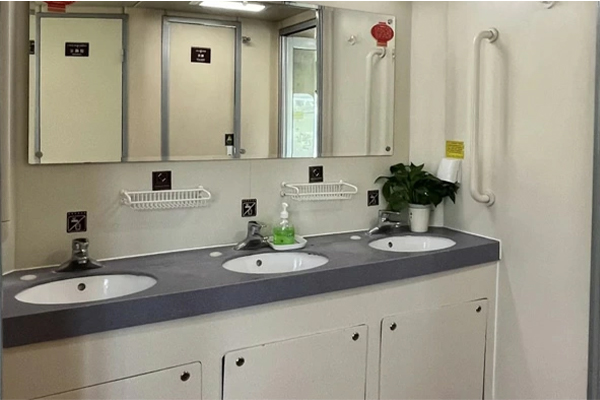 There are washing basins located outside the toilets.
There are washing basins located outside the toilets.What Other Facilities Are Available on Tibet Trains?
Oxygen Supply
To provide a comfortable and safe journey in high-altitude areas, all Tibet trains are equipped with two types of oxygen supply systems: the dispersion oxygen system and the private outlet. Once the train crosses Golmud (at an altitude of around 2,800 meters), the dispersion oxygen system begins to operate automatically. This is the main oxygen supply system on the train, making sure that the oxygen content in each carriage is maintained at a proper level.
If you feel any of the altitude sickness symptoms such as headaches, dizziness, shortness of breath, or nausea, then it’s time to use the private outlet. In sleeper cabins, the outlet is located on the wall near your berth, while in hard seat carriages, it can be found under your seat.
To use it, simply request a free oxygen tube from the train staff. Insert one end of the tube into the oxygen outlet, and place the other end in your nostrils. You can then breathe normally and gradually feel better.
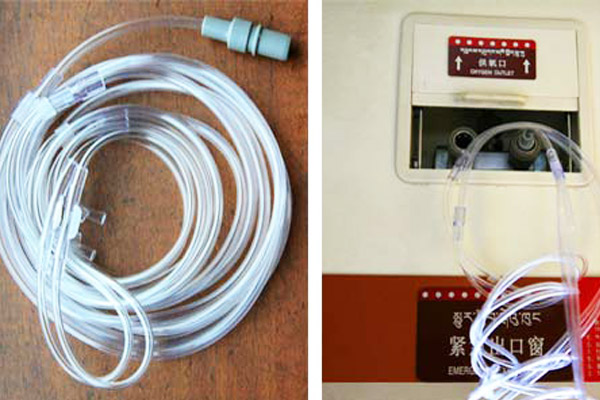 Passengers can use the private oxygen outlet whenever they feel symptoms of altitude sickness.
Passengers can use the private oxygen outlet whenever they feel symptoms of altitude sickness.Hot Water Dispenser
Each carriage on a Tibet train has a hot water dispenser located near the washing area or at the end of the aisle, providing free hot water 24 hours a day. You can serve yourself a cup of tea, coffee or instant noodles any time you want. Please note that there are two lights indicating the status of the machine: the red light means the water is heating, and the green light means the water is ready.
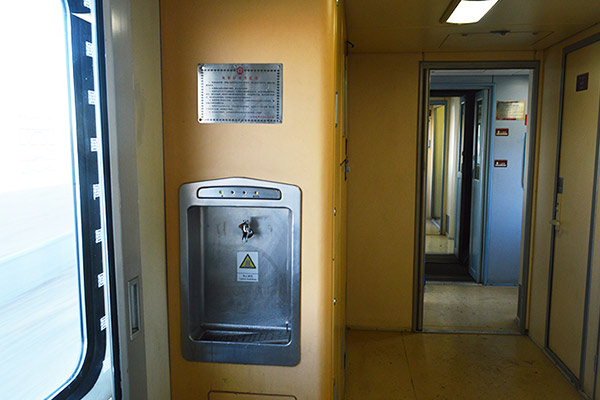 Free hot water is provided 24 hours a day in every carriage.
Free hot water is provided 24 hours a day in every carriage.Power Sockets
Power outlets are typically available in soft sleeper cabins, corridors, or near the washbasins. However, there are not that many outlets available, and you may need to wait in line to charge your devices. Additionally, the voltage is 220V with Chinese-style sockets, so it’s wise to bring a universal adapter and a portable power bank to keep your devices charged.
More Insider Tips for A Smooth Tibet Train Journey
Book Your Tickets Early
Tibet train tickets, especially soft sleepers, are in high demand and often sell out quickly during peak travel seasons. Besides, foreign travelers will need to present their Tibet Travel Permit, Chinese visa, and passport to board the train, so keep all documents ready before your departure. As a reliable Tibet travel agency, we can guarantee soft sleeper tickets for all of our clients and handle the Permit arrangements.
Pack Essential Items
Though the facilities on the train generally meet travelers’ needs, bringing some useful items will make your train journey more comfortable and pleasant. For sanitary items, consider packing wet wipes, soap or hand sanitizer, a towel, a toothbrush, and toothpaste. For better sleep, you can bring a neck pillow, an eye mask, and a pair of earplugs. In addition, it’s a good idea to pack warm clothing as the temperature can drop at night.
Get Prepared for the High Altitude
Although taking the train helps with gradual acclimatization, everyone reacts differently to high elevations. Before the departure, you can consult your doctor about medications to prevent or treat altitude sickness. While on the train, it’s important to stay hydrated, avoid alcohol, and get enough rest. If you feel unwell, do not hesitate to ask the train staff for help.
Conclusion
Traveling to Tibet by train is a memorable part of the entire Tibet journey. While the conditions on Tibet trains are relatively basic, they are clean, safe, and well-designed for long-distance travel across high altitudes. With comfortable sleeper berths, onboard oxygen systems, and simple but healthy meals, the overall train journey can be pleasant.
We hope this guide helps you better understand what to expect on a Tibet train. If you need assistance with booking train tickets, arranging your Tibet Travel Permit, or planning a full travel itinerary in Tibet, please feel free to contact us, and we are always happy to assist.
Related Readings:
Recommended Tibet Train Small Group Tour Packages
-
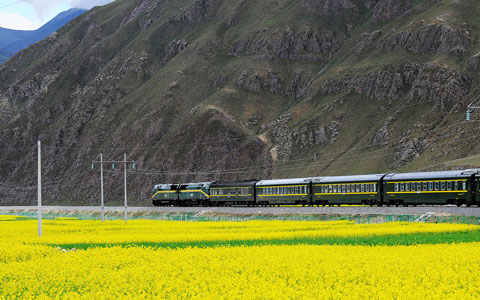 HOT5 Days Lhasa Small Group Tour by Tibet Train
HOT5 Days Lhasa Small Group Tour by Tibet TrainTibet train (from Xining) - Lhasa
Only From: USD599
View Details -
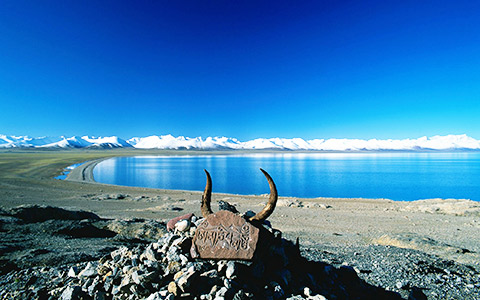 HOT9 Days Central Tibet and Namtso Small Group Tour with Tibet Train Experience
HOT9 Days Central Tibet and Namtso Small Group Tour with Tibet Train ExperienceTibet train (from Xining) - Lhasa - Lake Namtso - Gyantse - Shigatse - Lhasa
Only From: USD1045
View Details -
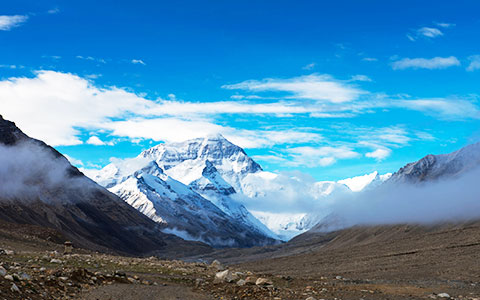 HOT11 Days Lhasa to Everest Base Camp and Namtso Lake Small Group Tour by Train
HOT11 Days Lhasa to Everest Base Camp and Namtso Lake Small Group Tour by TrainTibet train (from Xining) - Lhasa - Gyantse - Shigatse - EBC - Shigatse - Serling Tso - Namtso Lake - Damxung - Lhasa
Only From: USD1369
View Details -
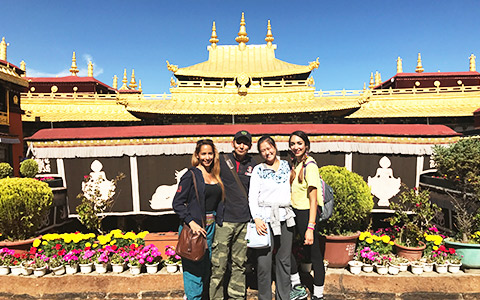 HOT6 Days Lhasa and Namtso Lake Small Group Tour with Tibet Train Experience
HOT6 Days Lhasa and Namtso Lake Small Group Tour with Tibet Train ExperienceTibet train (from Xining) - Lhasa - Namtso Lake - Lhasa
Only From: USD745
View Details
 BACK
BACK
0 Comment ON "What Are the Basic Conditions on Tibet Trains? A Complete Guide"